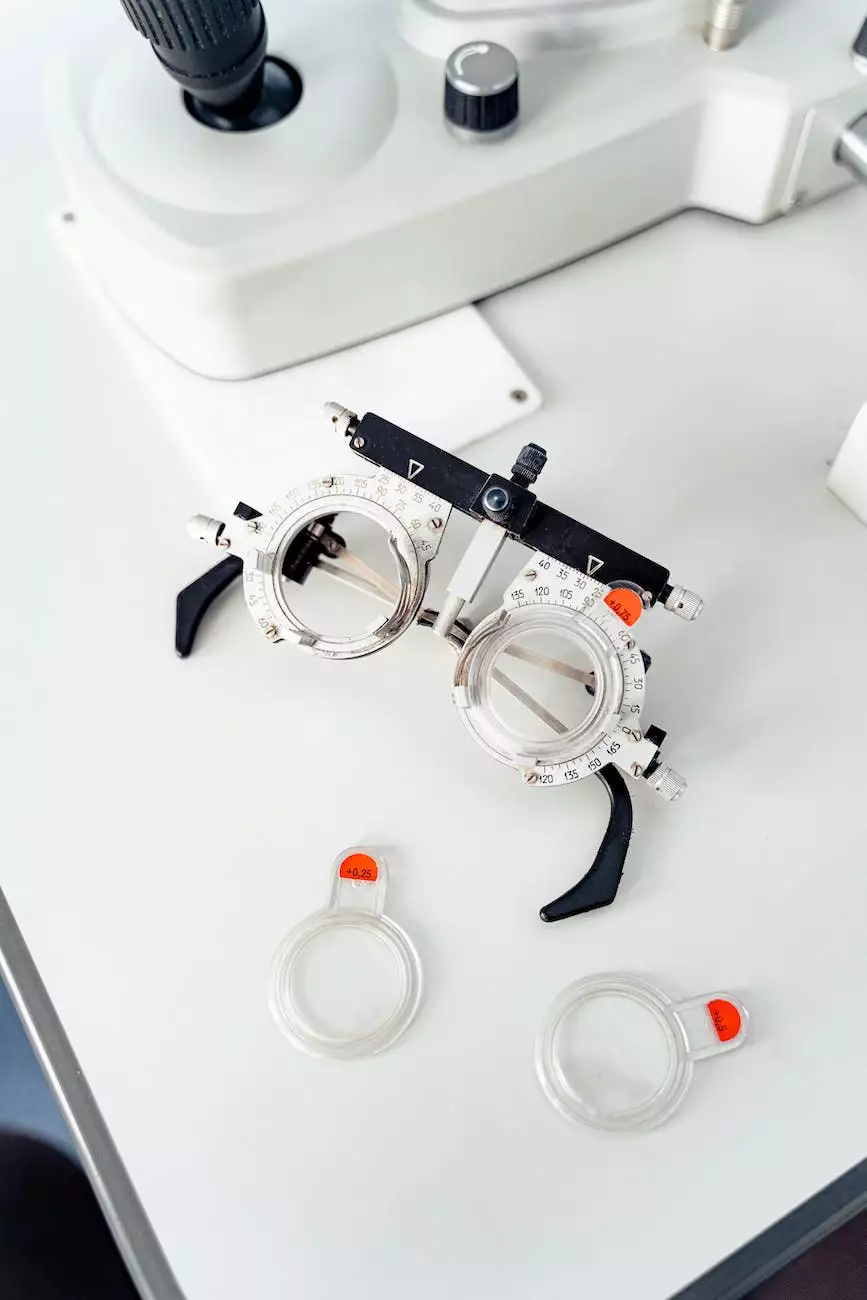Computer Vision: Protecting Your Eyes in the Digital Age
Blog
Introduction
Welcome to Baron Rick W Dr, your trusted source of eye health information. In this article, we will delve into the world of computer vision and its effects on our eyes. We will explore the impact of prolonged screen time, share helpful tips and techniques, and recommend products to protect your eyes from digital strain. Read on to discover how you can safeguard your eyes and maintain optimal eye health in the digital age.
Understanding Computer Vision
Computer vision refers to the strain and discomfort experienced by individuals who spend long periods of time in front of digital screens, such as computers, smartphones, and tablets. The constant exposure to these devices can lead to a variety of vision-related issues, including eye strain, dry eyes, blurred vision, and headaches.
With the increasing prevalence of digital technology in our daily lives, it has become more important than ever to understand how it affects our eyes and take proactive measures to protect our vision.
Common Symptoms of Computer Vision
It is crucial to be aware of the symptoms associated with computer vision in order to address them promptly. Some common signs include:
- Eye strain and fatigue
- Dry, irritated eyes
- Blurred or double vision
- Headaches
- Neck and shoulder pain
If you experience any of these symptoms, it is important to consult with an eye care professional for a comprehensive eye examination.
Prevention and Tips for Digital Eye Strain
While it may not be possible to completely avoid digital screens in today's digital age, there are several steps you can take to minimize the impact on your eyes:
1. Follow the 20-20-20 Rule
For every 20 minutes spent staring at a screen, take a 20-second break and focus your eyes on an object at least 20 feet away. This helps reduce eye strain and relaxes the eye muscles.
2. Adjust Display Settings
Optimize the settings on your digital devices to reduce eye strain. Increase the text size, adjust brightness and contrast, and use a blue light filter to minimize the harmful effects of blue light emitted by screens.
3. Proper Lighting
Avoid excessive glare from external light sources and ensure proper lighting in the room. Position your screen to reduce reflections and use curtains or blinds to control natural light.
4. Ergonomic Considerations
Ensure that your workstation is ergonomically designed to promote good posture and minimize strain. Position your screen at eye level, use a supportive chair, and take regular breaks to stretch and move around.
5. Blink Regularly and Use Eye Drops
Blinking helps to moisten the eyes and prevent dryness. Additionally, using lubricating eye drops can provide relief from dry eyes caused by prolonged screen time.
Recommended Products for Digital Eye Strain
There are various products available in the market to alleviate the symptoms of computer vision. Here are a few recommendations:
1. Blue Light Blocking Glasses
Blue light blocking glasses are specially designed eyewear that filters out harmful blue light emitted by digital screens. Wearing these glasses can significantly reduce eye strain and improve sleep quality.
2. Anti-Glare Screen Protectors
Anti-glare screen protectors reduce glare from screens, making it easier on the eyes. They also offer added protection against scratches and smudges.
3. Eye Drops and Artificial Tears
Using preservative-free artificial tears or lubricating eye drops helps to combat dryness and keep the eyes moist during extended screen use.
4. Adjustable Monitor Stands
An adjustable monitor stand allows you to position your screen at the optimal eye level, reducing strain on the neck and eyes.
Conclusion
In the digital age, protecting our eyes from computer vision is of utmost importance. By understanding the impact of prolonged screen time and implementing preventive measures, we can maintain healthy eyes and minimize the strain caused by digital devices.
At Baron Rick W Dr, we are committed to promoting eye health and providing valuable information to our readers. Stay tuned for more articles on various eye health topics and feel free to reach out to us with any questions or concerns you may have.










